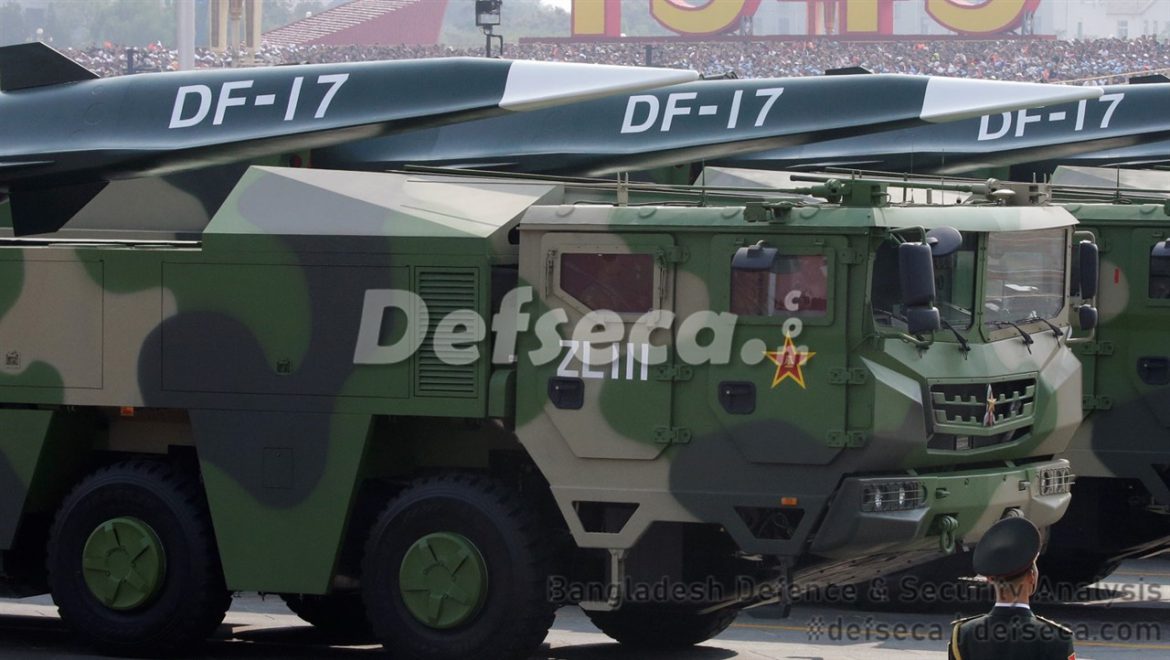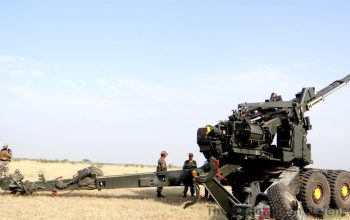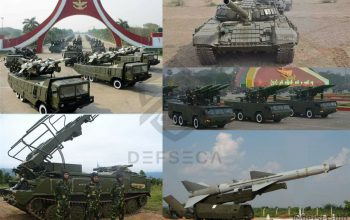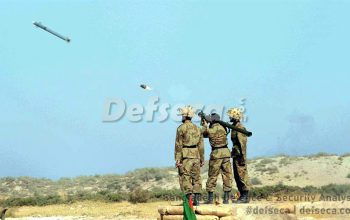The de facto border between China and India again erupted with violence claiming the life of an Indian Special Forces soldier and injuring another in an anti-personnel mine blast.
Indian media claimed the Indian Army stopped an attempt by Chinese troops to allegedly claim more territory on the Line of Actual Control (LAC).
The Global Times read: “If India would like a military showdown, the PLA is bound to make the Indian army suffer much more severe losses than it did in 1962.
“It must be pointed out that New Delhi is facing a powerful China.
“The PLA has sufficient force to safeguard every inch of the country.
“Chinese people have shown support to the government which won’t seek to provoke India, but does not allow it to encroach on China’s territory.
“China is several times stronger than India, and India is no match for China.
“We must smash any Indian illusion that it can deal with China by colluding with other powers, such as the US.”
According to the Indian government, the Chinese forces allegedly took a provocative step last Monday in the Ladakh region. The area is the also where the two sides clashed in June causing the deaths of 20 Indian soldiers including a Colonel. A number of other Indian Army personnel including officers were also captured by the Chinese forces.
China denied any incursion and maintained their forces strictly abided by the de facto border on the Line of Actual Control (LAC). Chinese authorities demanded India remove any troops in the region to deescalate tensions.
With India’s economic outlook in dire straits the already poorly equipped Indian Army is likely to experience further budgetary problems. Unlike a short deployment on the border with Pakistan after the 2001 attack on India’s parliament by Pakistani gunmen the Indian Army would have to maintain an almost permanent presence in the Line of Actual Control (LAC) because the People’s Liberation Army (PLA) refused to pull back from Indian territories it supposedly captured in May.
Indian analysts fear the deployment of Indian forces would mirror its commitment resembling that of its deployment on the Line of Control (LoC) de facto border with Pakistan in the Kashmir region.
If this happens it will financially bleed India even if the Indian Army decides to deploy two divisions worth of troops. In the fiscal year of 2020-21 only 17% of the budget is allocated for force modernisation whereas the remaining 83% is poured in to salaries and operating expenses.
The deployment of troops to the 300 km border area would entail the cash-strapped Indian Army to stock up on thousands of tonnes of food and fuel for at least six months from October.
Moreover they would be required to construct special storage depots ammunition and fuel besides temperature controlled garages and maintenance centres for their equipment.
Besides the Indian Air Force’s fleet of C-17 and C-130J-30 transport aircraft would require overhauling soon as they were put through their paces in recent ferrying exercises making matters worse. Spares for these aircraft can only be purchased from US vendors under the End User Monitoring Agreement (EUMA) forcing India to rely on expensive American parts.
India’s desire to cut down the size of its 1.25 million member Army is also likely to hit a road bump with ongoing deployment against China. After the Kargil War the Indian Army failed to decrease its size for which it is still suffering today.
The fear in the Indian Army’s ranks is that any potentially permanent deployment on the LAC will develop in to a security threat in other sectors because they would have to redeploy resources away from those regions.
It remains to be seen how far a price India will pay for its nationalistic ego with a foe like China.
In a report published by the Pentagon, China’s armed forces are not only are acquiring sophisticated new technology and weaponry but also are overhauling their organisational structures, as China aims to complete a military modernisation by 2035 and establish a “world-class military” that can rival or exceed that of the United States by 2049.
The US Department of Defence (DoD) concluded that the Chinese military was already ahead of the Pentagon in three critical areas: shipbuilding, air defenses and land-based missiles.
China now has the largest navy in the world, with an overall force of about 350 ships and submarines, compared with the U.S. military’s approximately 293 ships, the report said. Beijing also has one of the world’s most advanced air defence systems, comprising Russian-built S-400 and S-300 surface-to-air missile systems as well as its own domestically produced air defences.
China has more than 1,250 ground-launch ballistic and cruise missiles in its arsenal with ranges between 500 and 5,500 kilometres.
China is also developing hypersonic munitions that can be used to detrimental effect against a much inferior Indian Army.
The Chinese military is also not bridled by international treaties on developing and maintaining such a sophisticated array of long range missiles. So far they refused to sign any tri-lateral agreement with Russia and the United States to limit or control their development and deployment of long range missile systems.
While China is solely focused on competing with the United States the Indian schisms are currently viewed by Beijing as nothing more than a banana peel on the road. India’s neighbours unsurprisingly remained silent after the June border clashes between China and India. Long bullied countries such as Nepal have found support from China, which already has substantial strategic level cooperation with India’s neighbours such as Bangladesh, Pakistan, Myanmar and Sri Lanka.




